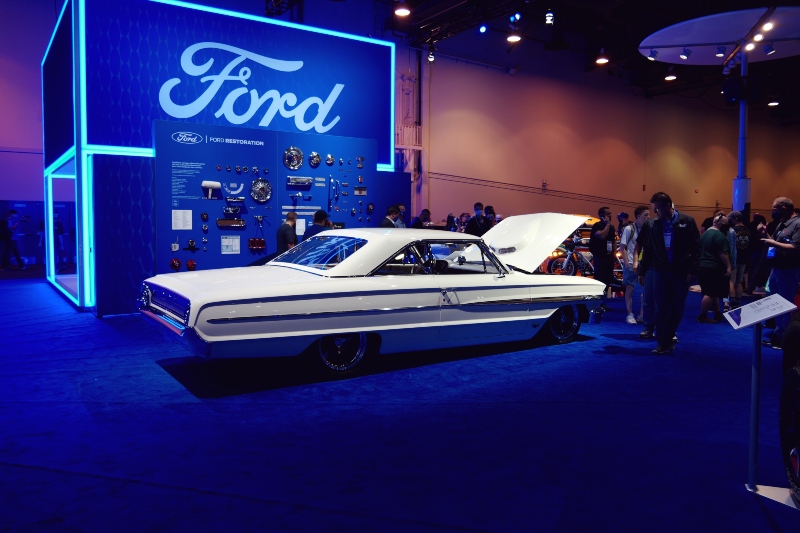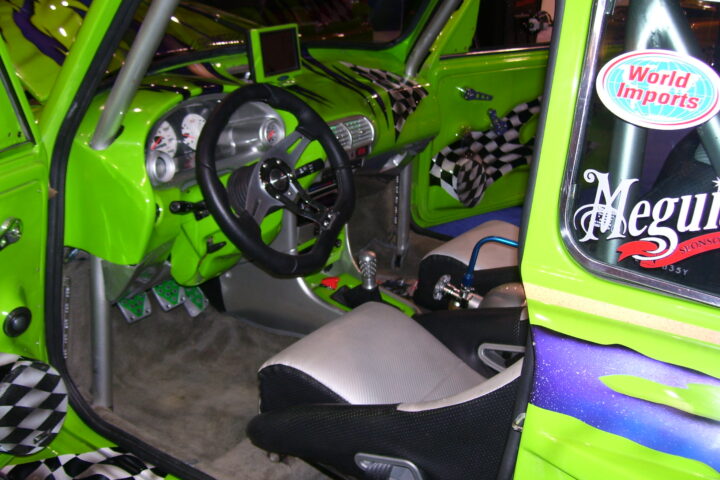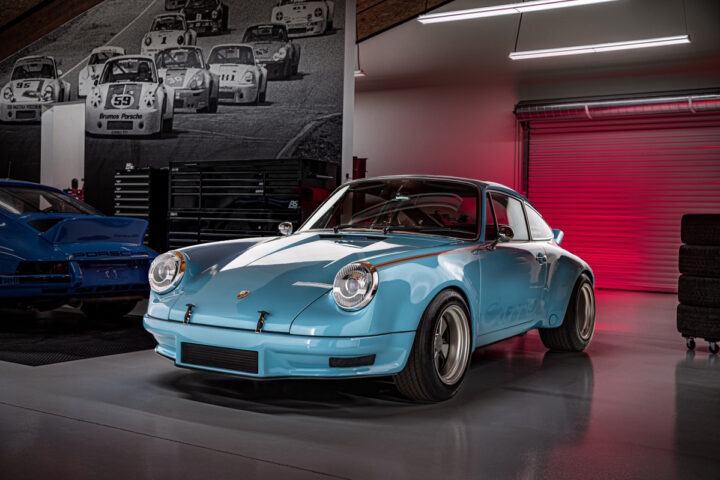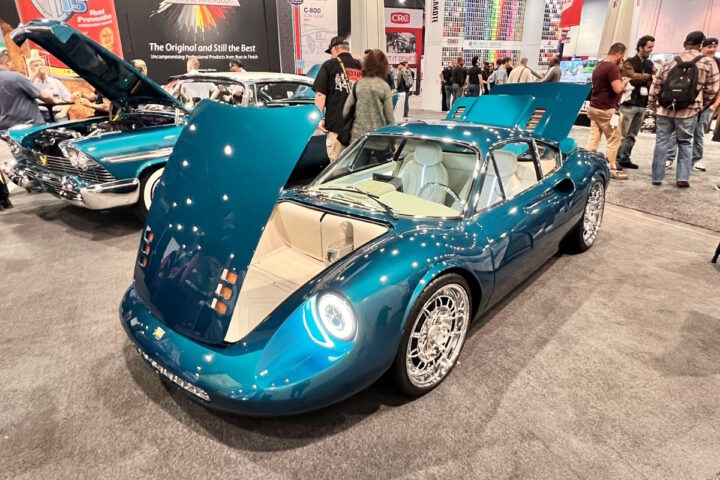by Michael Satterfield – 04/29/2022
Yesterday SEMA pushed out a story titled “Industry Anticipation for the 2022 SEMA Show Ramps Up as Numerous OEMs Prepare for Increased Presence” which makes it sound as if the 2022 SEMA show is going to be bigger than ever before. While according to the story booth sales are up 25% compared to last year and OEM brands like Nissan Toyota, and GM are expanding booth square footage, the real lead was buried at the end of the article. “Due to a change in corporate strategy, Ford and Honda will not be displayed at the 2022 SEMA Show.”
If you haven’t attended the SEMA show, it might not sound like a big deal, but while Honda always had a large booth, Ford has been the anchor brand of Central Hall for as long as I can remember and in recent years “Ford Out Front” was one of the largest activations of the show, taking over the entire convention center parking lot with ride-a-long demonstrations, drifting exhibitions, and off-road experiences.
While Ford has not issued an official statement on its reason for leaving the show, it is a trend that we have been seeing for a few years now. Major OEM suppliers and larger brands like Pirelli, Kicker, and SATA Spray Equipment are just some who have not shown in recent years. While 2021 did see a larger percentage of companies still restricting travel due to COVID, some of these brands stopped showing before the pandemic hit.
SEMA is faced with the same problems as every tradeshow attempting to come back in 2022, a retracting economy, supply chain issues, and two years of exhibitors finding they can leverage their marketing dollars in more effective ways. The ROI for larger brands has long been hard to quantify as the SEMA show transitioned from a pure “trade show” into a hybrid trade/public show. In 2021, SEMA for the first time opened its doors to the general public for one day making it clear that the organization was transitioning the show to more of a consumer focus.
Tamar Beck, CEO of Gleanin, an event marketing company, shared on LinkedIn what was behind the low attendee numbers at most events. “Particularly those large, mega-events where people used to attend from all around the world. Some events will never get back to their previous attendee numbers,” she wrote. “It will be far harder to attract attendees (and get them to show up) because the pandemic has fundamentally changed the way most people value their time – and so their willingness to take time out, even for a day, is less than it was.”
Beck, points out that many events are still focused on chasing larger and larger numbers of attendees, while exhibitors at B2B events are more interested in who the attendees are. SEMA will need to decide if chasing the large crowds of automotive enthusiasts is the best way to serve their exhibitors, or if they need to tighten up and make the show smaller and more productive for those who are there to do business.























Yeah because SEMA SUCKS now.